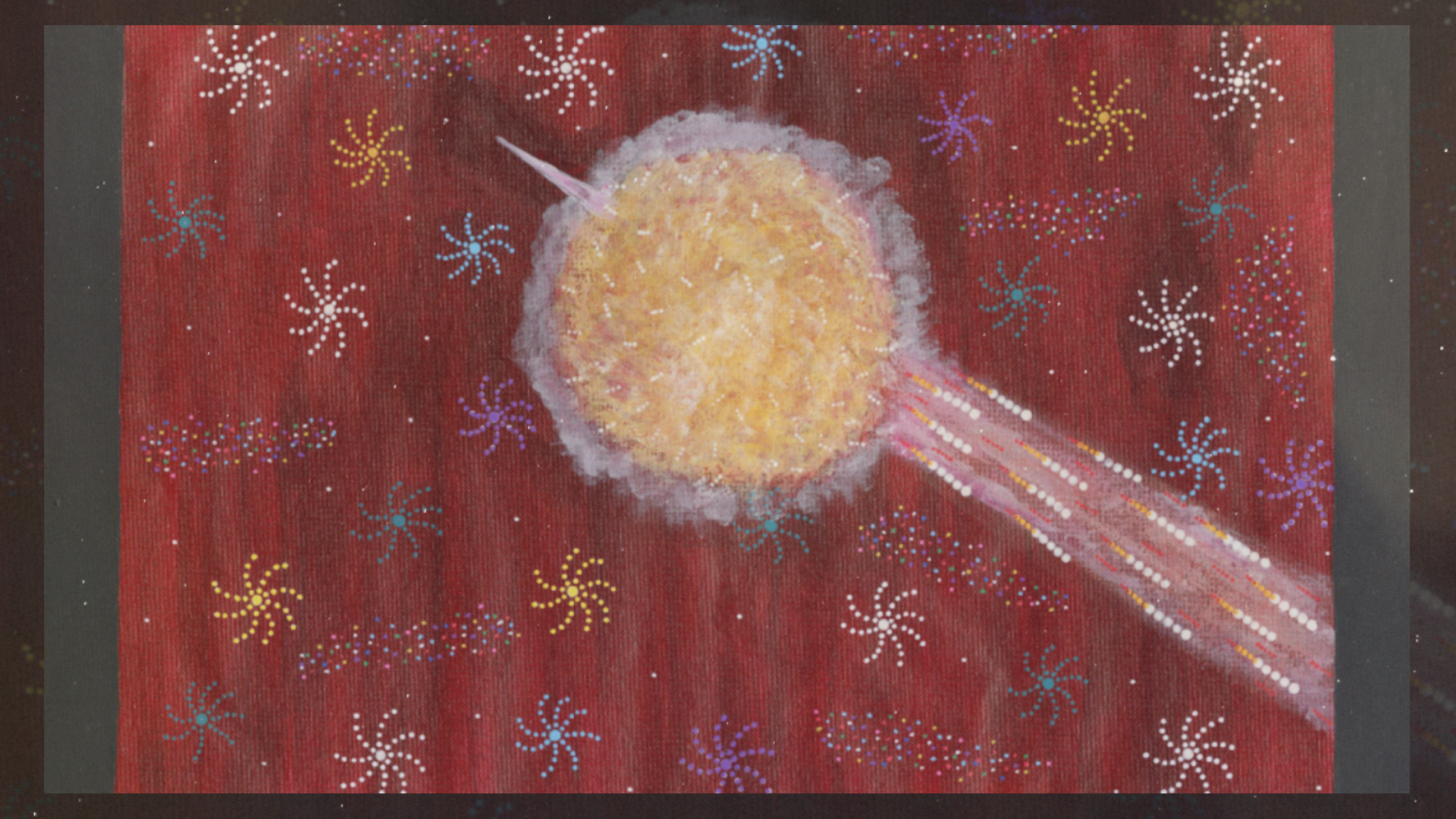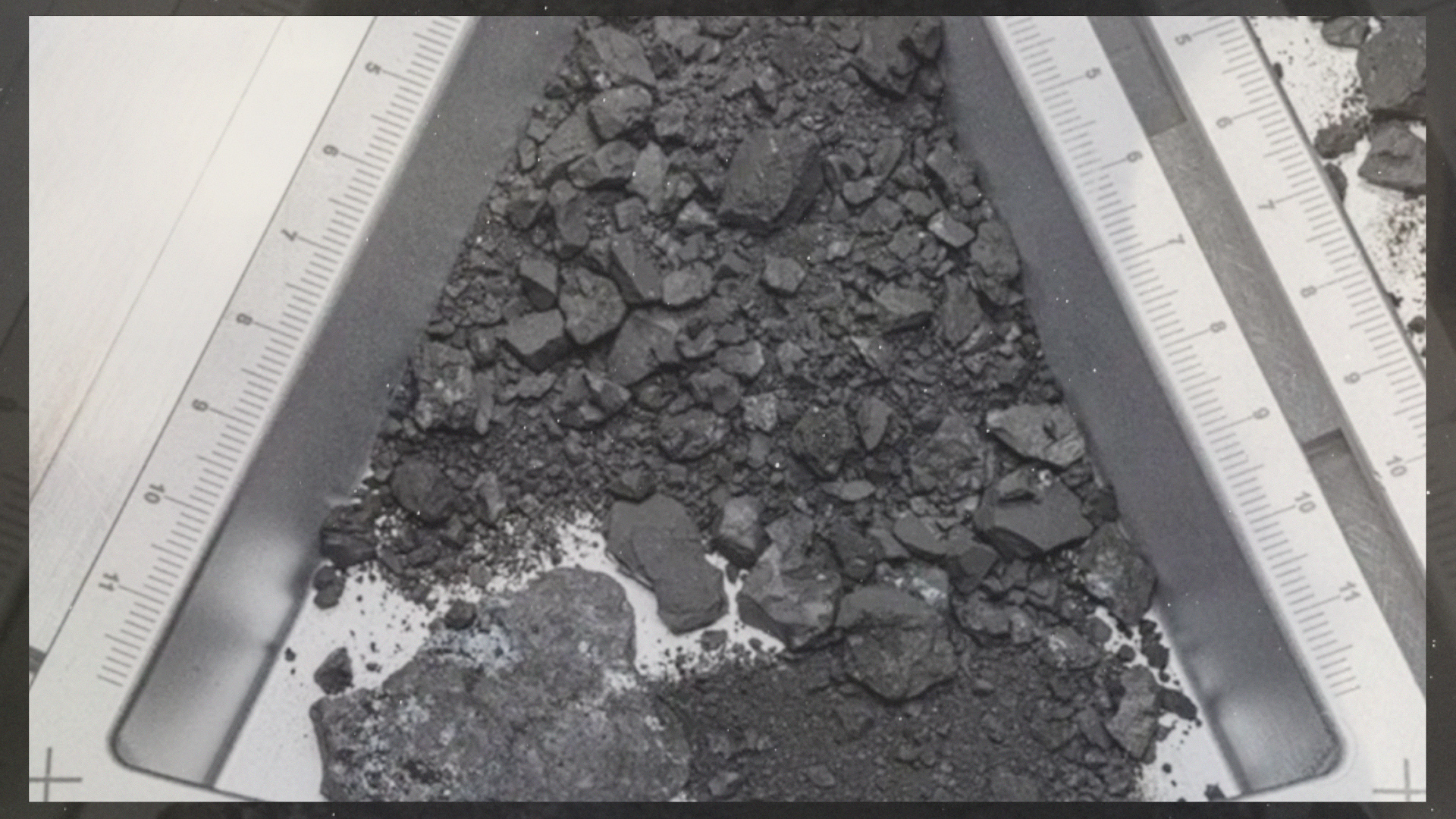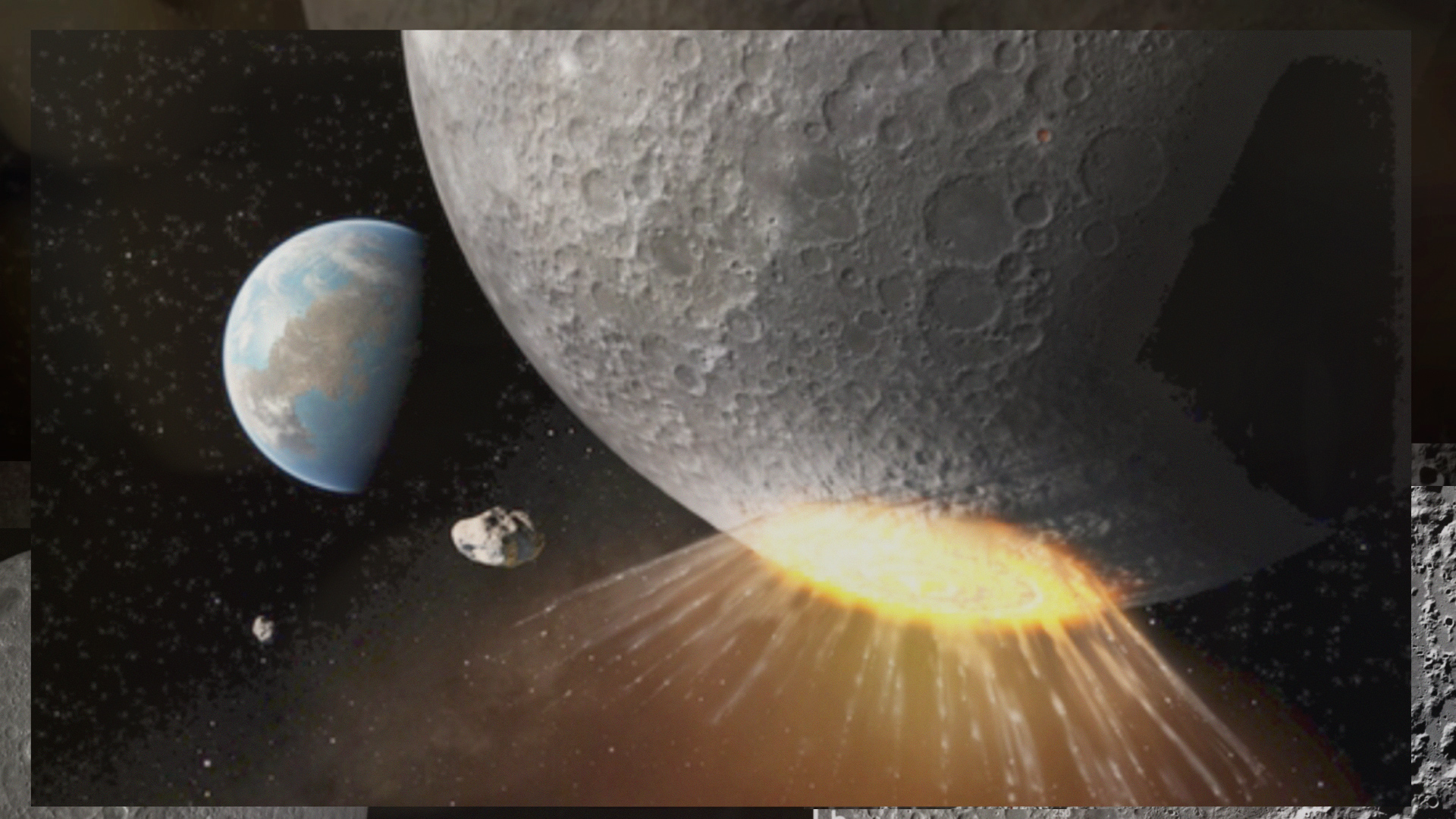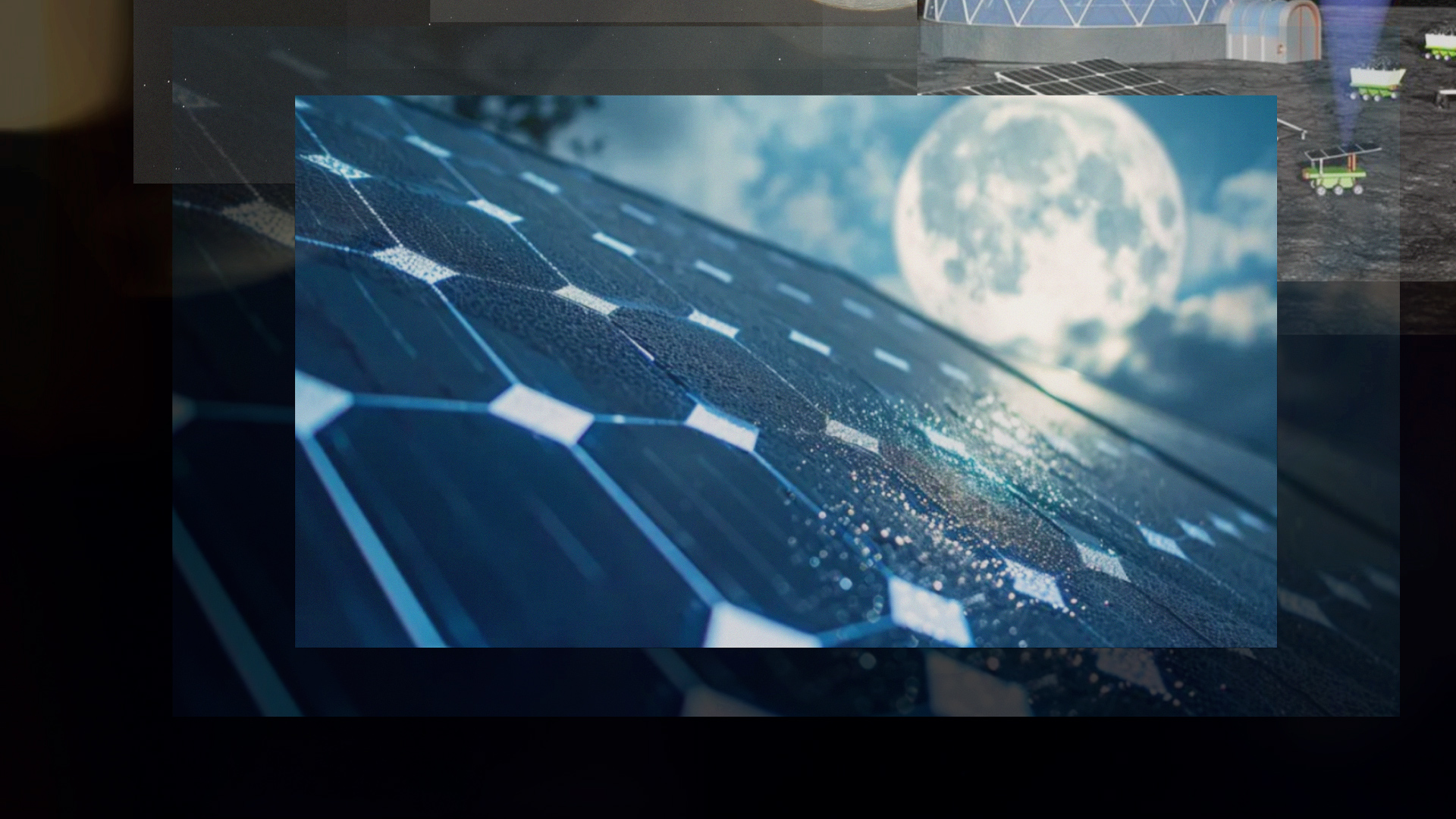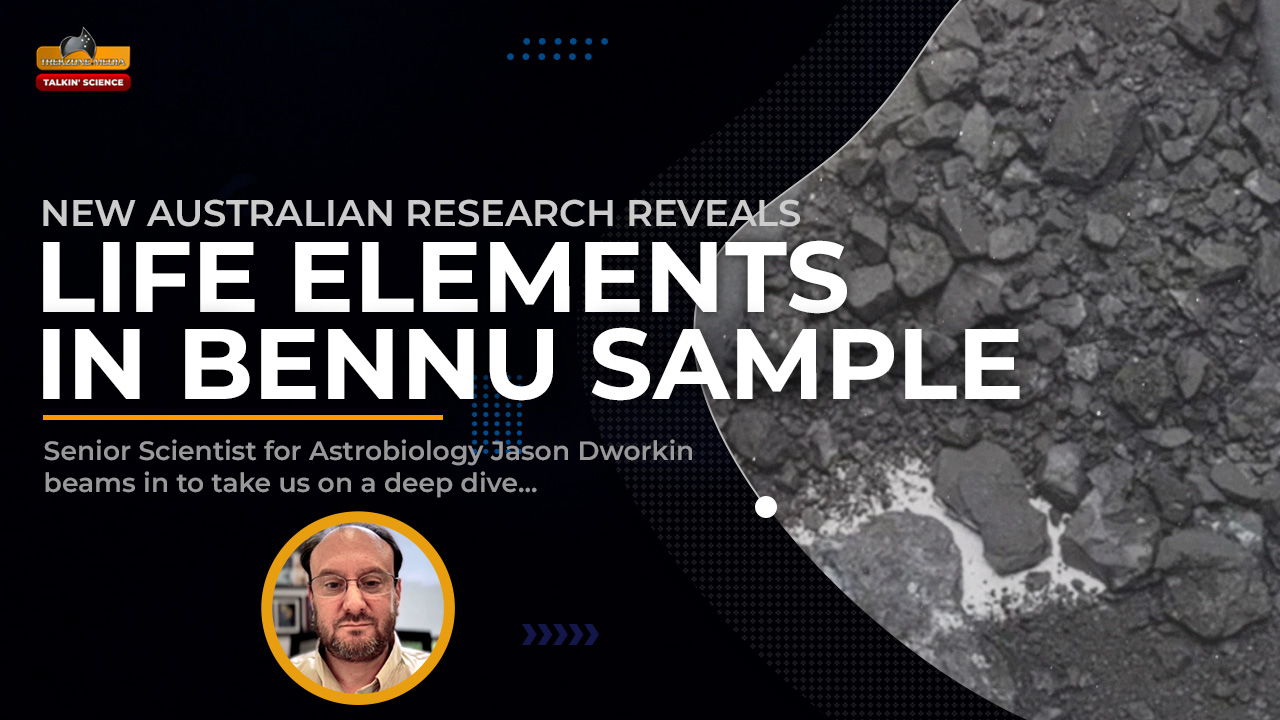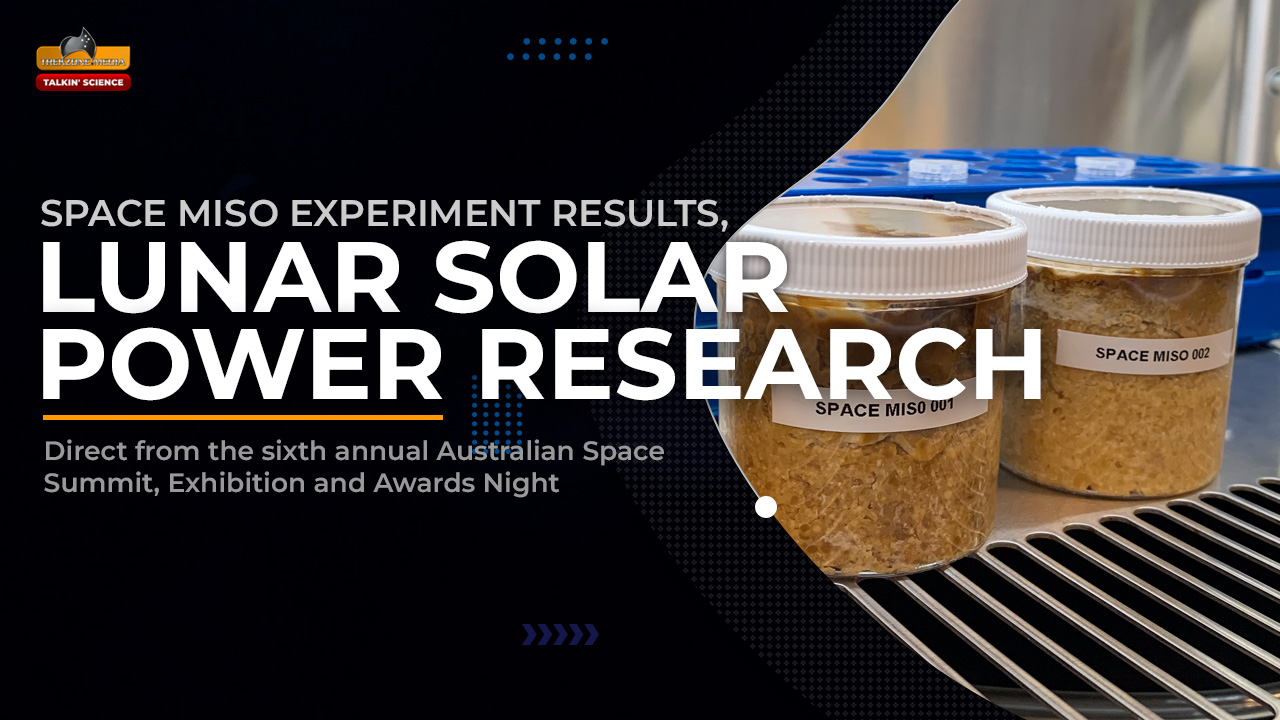
New Footage from Southern Launch; A Mysterious Energetic Object and Clues to A Martian Origin Story in Costa Rica
Southern Launch release footage from their maiden test launch attempt in September. Something’s releasing giant bursts of energy three times an hour and radio astronomers are baffled. And the hydrotermal

















